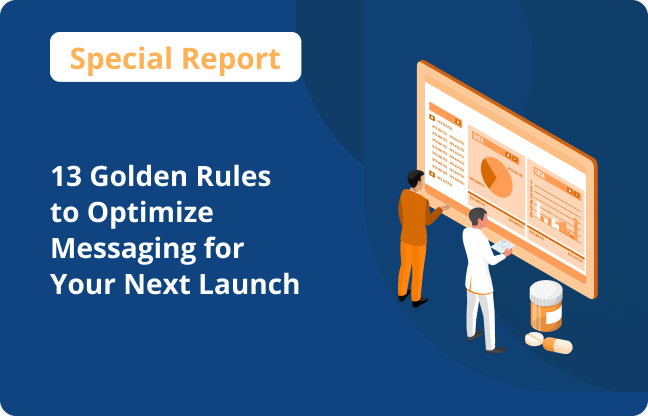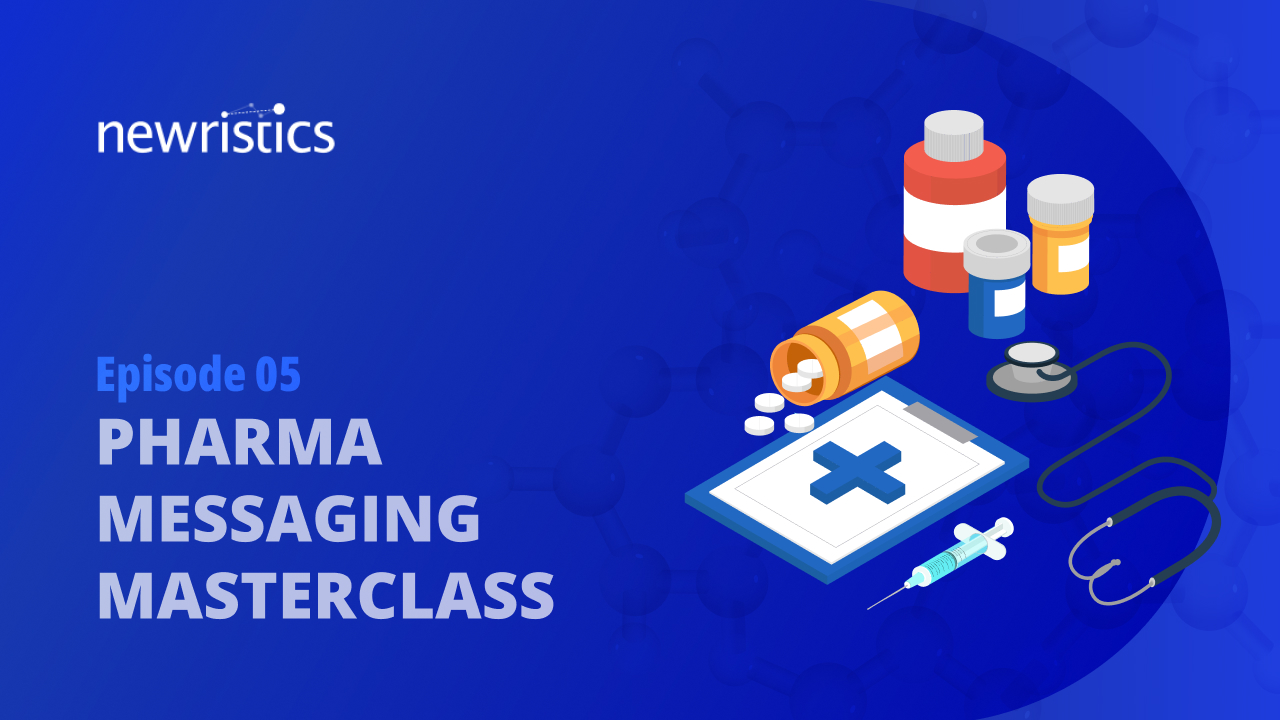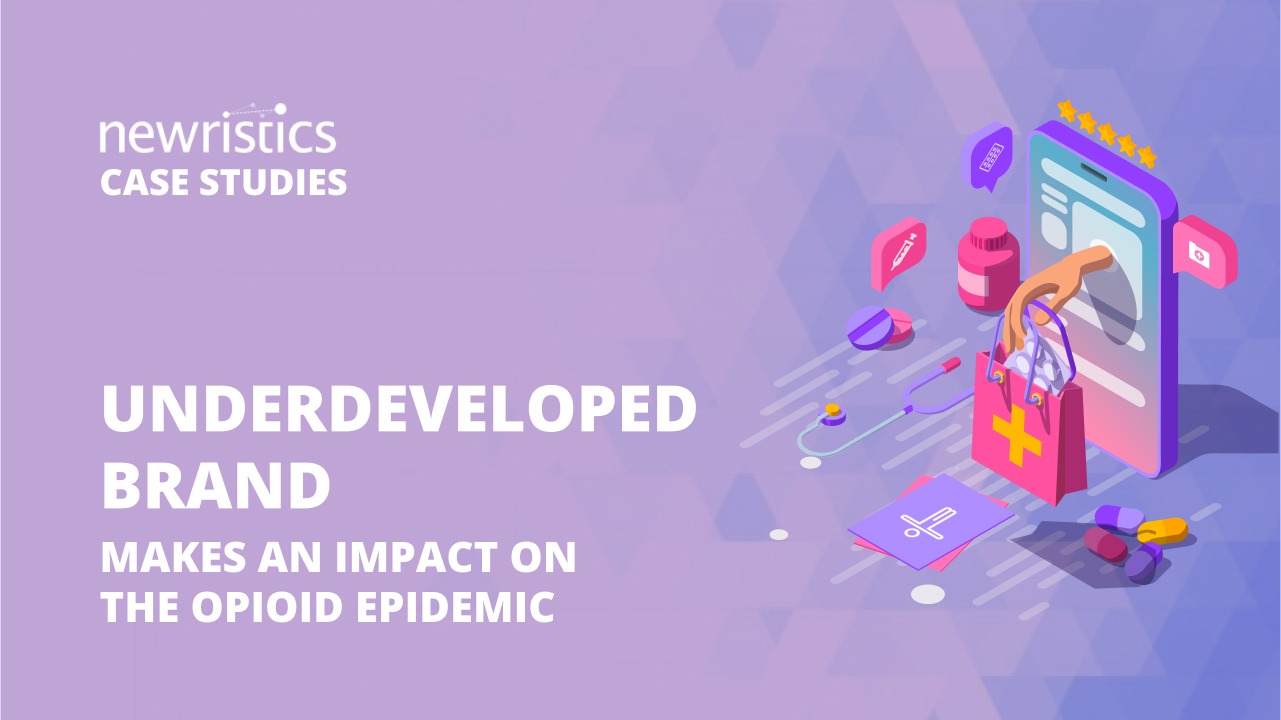Market research can be used to test messages with customers
Customer market research is regularly used to test “ideas” before launching them in the market. Ideas can be tested in the form of new product concepts, positioning statements, messages, etc. The basic concept of market research for idea testing is that by showing ideas to a smaller group of people before launching them to millions, researchers can uncover key insights into why and what people will buy, identify the best ideas to launch, and even estimate demand for their ideas in the market.
Message testing surveys are typically used to identify messages with the greatest customer appeal, prioritize messages from best to worst, get insights about why a message has high/medium/low appeal, and get ideas on how to improve messages. A message testing survey allows you to test messages with your existing customers before they are launched in marketing campaigns so that you can anticipate how well the campaign will likely perform.
Campaign message testing also helps brand teams optimize their campaigns and make improvements continuously through A/B testing while the campaign is live. A/B message testing is better suited for digital channels like landing pages, banner ads, email subject lines, etc. Several options can be tested in-market at the same time for a few days/weeks and if 1-2 winners emerge, the other options can be discarded and all campaign dollars can be focused on the winners.
 Blog posts
Blog posts Newristics
Newristics
 18 July 2022
18 July 2022

 Back
Back Share
Share











 Video
Video

 Case Studies
Case Studies

 Webinars
Webinars



